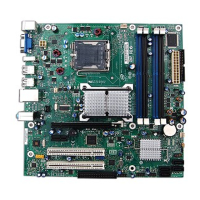
Do you have a question about the Intel DG33BU and is the answer not in the manual?
| Form Factor | ATX |
|---|---|
| Chipset | Intel G33 |
| Socket | LGA 775 |
| Memory Type | DDR2 |
| Maximum Memory | 8 GB |
| Memory Slots | 4 |
| Supported CPU | Intel Core 2 Quad, Core 2 Duo, Pentium, Celeron |
| Expansion Slots | 1 x PCI Express x16, 3 x PCI |
| USB Ports | 8 x USB 2.0 |
| Audio | Realtek ALC888 HD Audio |
| LAN | Intel 82566DC Gigabit Ethernet |
| Video Outputs | VGA |
| Memory Standard | DDR2 667/800 |
| SATA Ports | 4 x SATA 3Gb/s |
Summarizes the major features of the Intel Desktop Board DG33BU, including form factor, processor, memory, etc.
Lists supported Intel processors for the DG33BU board, including wattage requirements.
Describes memory features, including DIMM sockets, DDR2 support, and maximum memory capacity.
Explains memory organization types: Dual channel, Single channel, and Flex mode.
Details the Intel G33 Express Chipset, its components, and supported features.
Describes the Intel G33 Graphics Subsystem, including GMA 3100 and PCI Express graphics options.
Describes the LAN subsystem, including the Gigabit Ethernet controller and features.
Details the features of the Intel 82566DC Gigabit Ethernet Controller.
Covers hardware management features like fan monitoring, thermal/voltage monitoring, and chassis intrusion detection.
Details hardware monitoring features, fan control, thermal sensors, and power supply monitoring.
Explains power management implementation, including ACPI and hardware support.
Describes ACPI's role in power management and its features like Plug and Play.
Lists system states (G0-G3) and their associated targeted system power.
Lists power management hardware features supported by the board, like power connectors and wake-up signals.
Details the system memory map, including addressable memory and allocated spaces.
Explains the 8 GB addressable system memory and the space allocated for critical functions.
Discusses electrical aspects, including power supply requirements and fan header capabilities.
Details power supply requirements, including standby current and recommended wattage.
Addresses thermal considerations, component temperature limits, and airflow requirements.
Explains how the BIOS automatically configures PCI devices and resources.
Outlines utilities for updating the BIOS, including Express and Flash Memory Update.
Details acceptable drives and media types for BIOS recovery in case of corruption.
Explains how to configure boot devices, including diskette, hard drive, USB, and network boot.
Covers BIOS security features like supervisor and user passwords for access control.
Explains POST codes generated by the BIOS at I/O port 80h for diagnosing POST failures.
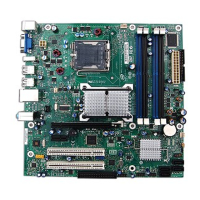
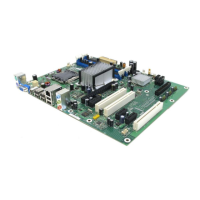

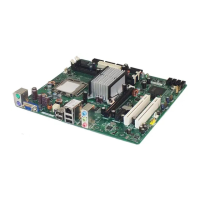

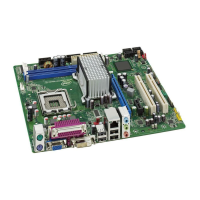
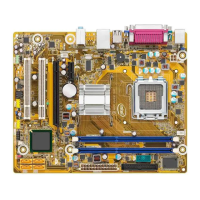

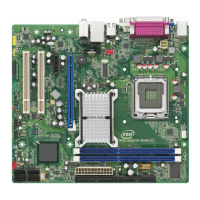



